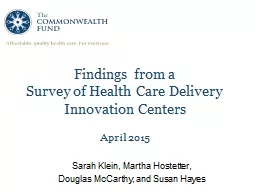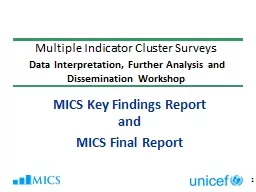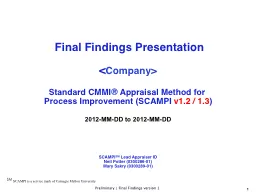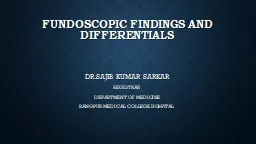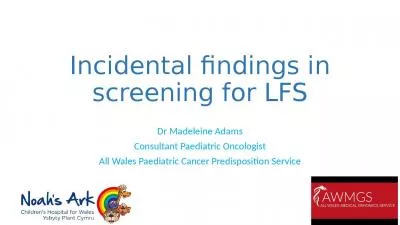PPT-Findings from a
Author : calandra-battersby | Published Date : 2016-11-06
Survey of Health Care Delivery Innovation Centers April 2015 Sarah Klein Martha Hostetter Douglas McCarthy and Susan Hayes What Is a Health Care Delivery Innovation
Presentation Embed Code
Download Presentation
Download Presentation The PPT/PDF document "Findings from a" is the property of its rightful owner. Permission is granted to download and print the materials on this website for personal, non-commercial use only, and to display it on your personal computer provided you do not modify the materials and that you retain all copyright notices contained in the materials. By downloading content from our website, you accept the terms of this agreement.
Findings from a: Transcript
Download Rules Of Document
"Findings from a"The content belongs to its owner. You may download and print it for personal use, without modification, and keep all copyright notices. By downloading, you agree to these terms.
Related Documents

